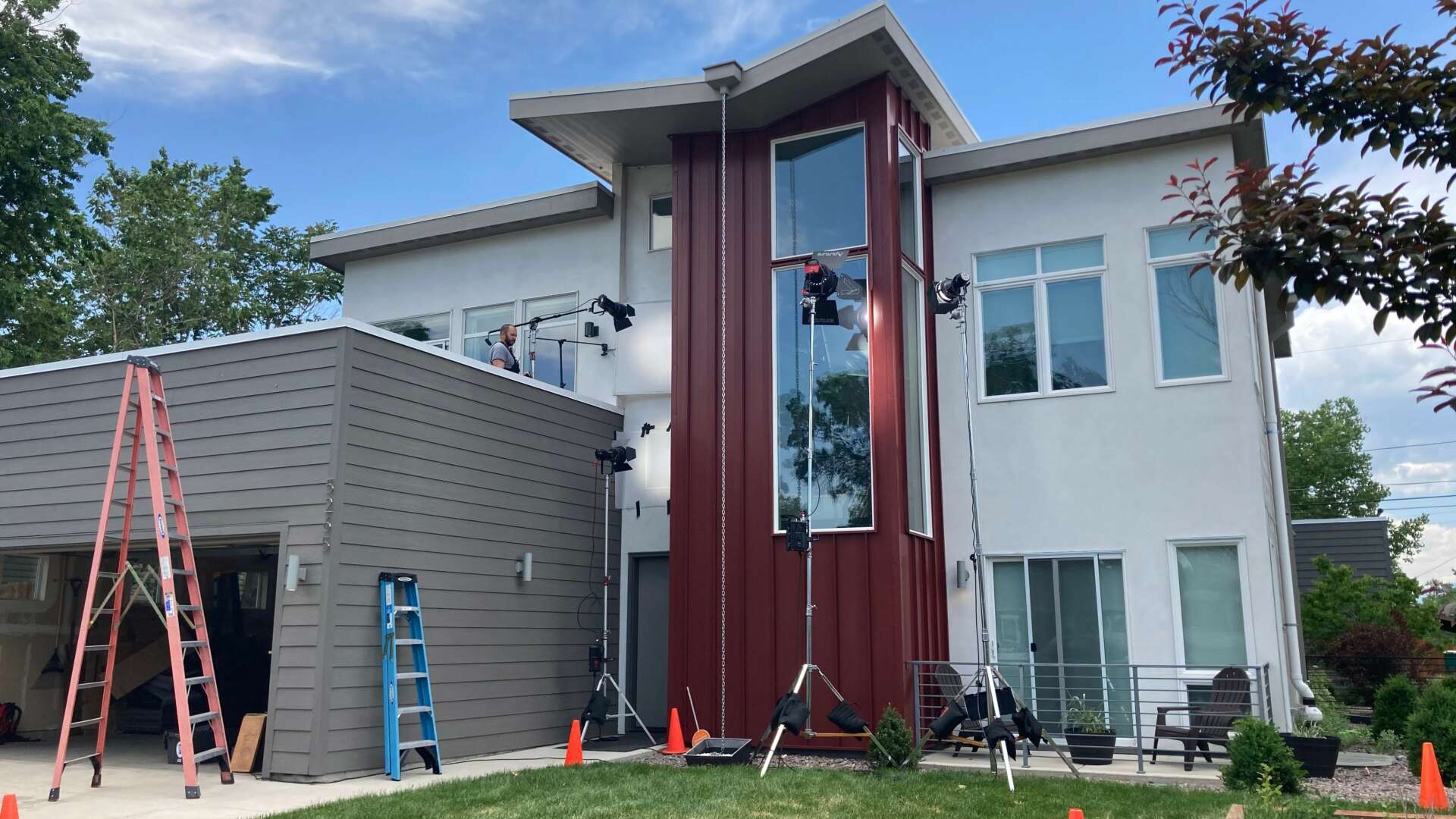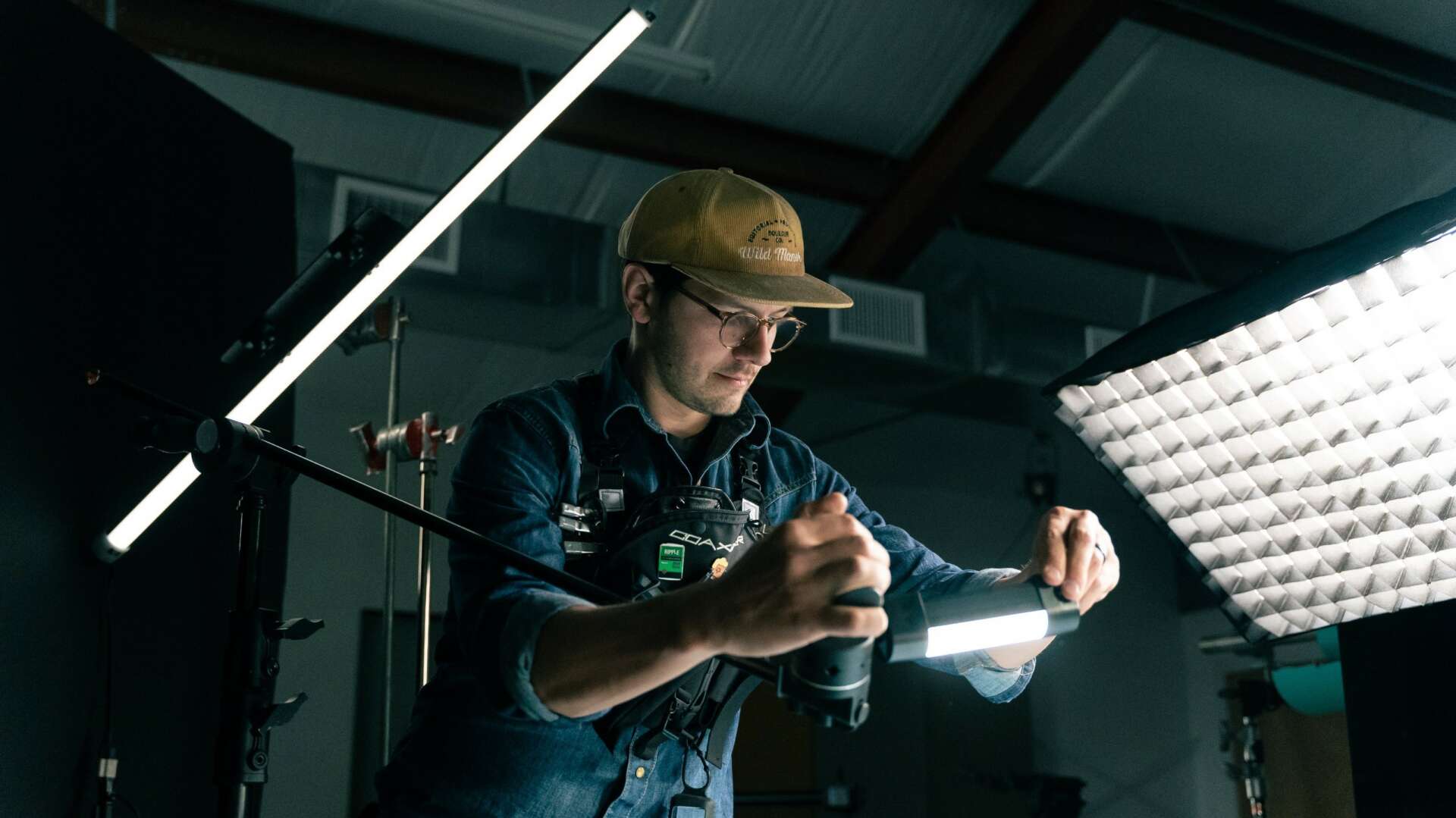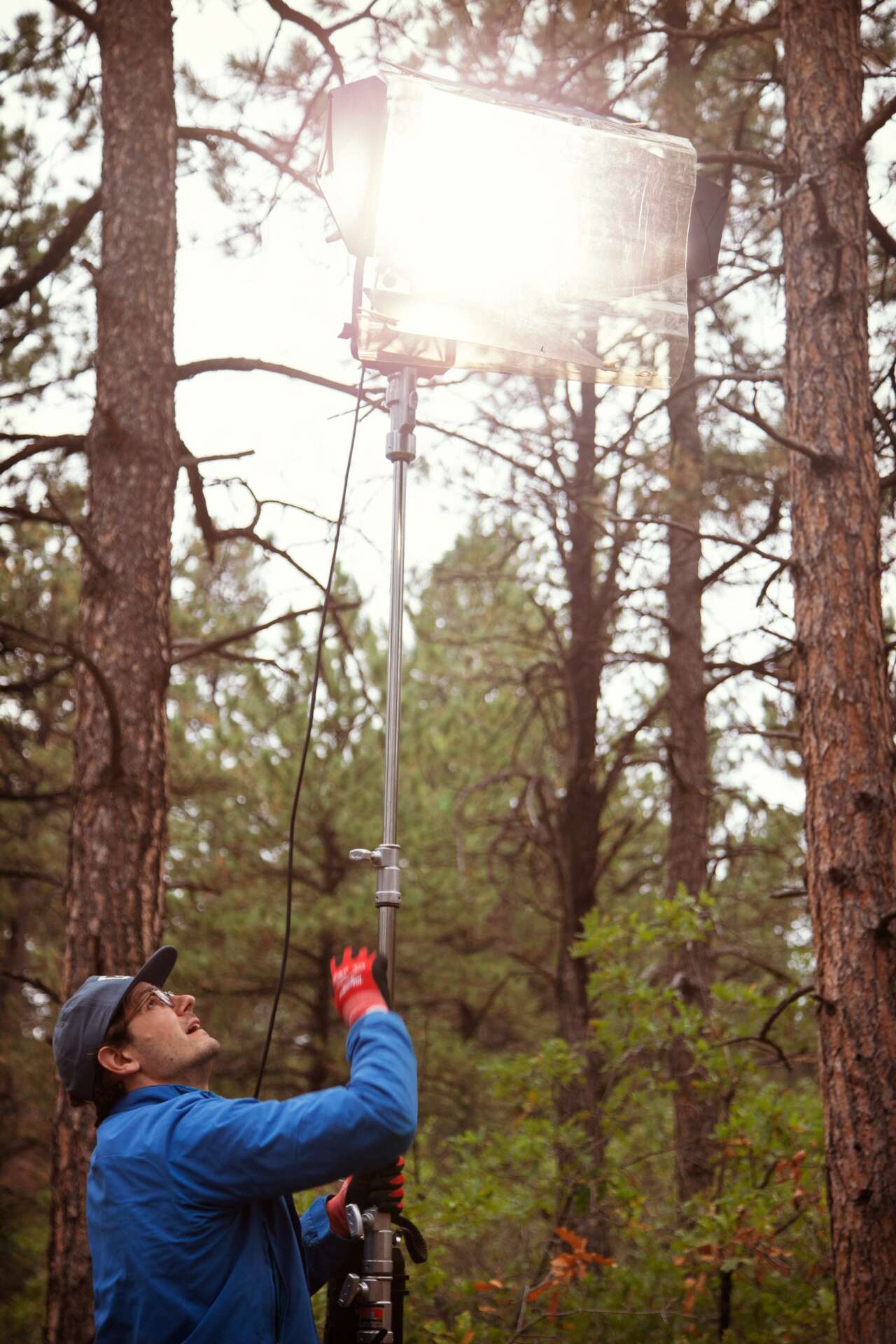We were lucky to catch up with Tyler Kaschke recently and have shared our conversation below.
Tyler, thanks for taking the time to share your stories with us today Learning the craft is often a unique journey from every creative – we’d love to hear about your journey and if knowing what you know now, you would have done anything differently to speed up the learning process.
Unlike a lot of people who work in the video production industry, I never received a formal education from film school. I did get an associate’s degree in still photography which helped me understand the basics of lighting and pattern recognition, but that’s about where the overlap ended.
I sort of fell into the motion picture world by chance. I was introduced to some mentors who helped me get on big commercial sets as a production assistant. After seeing all the people within each department working together to create beautiful images, I knew that video production was where I wanted to focus my career.
I have one very specific memory of a grip asking me to run to the truck to ask the best boy for a floppy. I had no idea what made this boy better than everyone else and certainly no clue what a floppy could be. I knew I had a lot to learn.
This was around 2009, so YouTube was only like four years old. I remember digging into channels like IndieFilmSchool and Philip Bloom to lean what I could. Aside from just spending more time on professional sets, the best thing for me was to practice DIY lighting setups with hardware store work lamps and diffusion frames made of PVC pipe and fabric from Joann’s. There’s a bit of a learning curve to translate that theoretical knowledge into useful, practical skills.
These days, there are so many more resources available online for people to learn about film lighting. YouTube channels like The Wandering DP, Meet the Gaffer, Grip Tips, Gaffer and Gear, Logan Reynolds, and No Film School are a fantastic place to begin diving in. I also recommend the Set Lighting Technician’s Handbook and The Grip Book: The Studio Grip’s Essential Guide for those who want to really nerd out. American Cinematographer magazine has some really insightful articles and keeps me up to date on all of the great work being created.
If I knew then what I know now, I would read the SLT Handbook and the Grip Book for the technical foundation. Then I would search Google for production companies in my area and add them to a spreadsheet. Then I would email introduction emails to producers/ department heads asking to get on set for one specific role that I was most interested in. Then eventually start working more days on set and look for mentorship.


Awesome – so before we get into the rest of our questions, can you briefly introduce yourself to our readers.
I’m a freelance gaffer (chief lighting technician) commercial video production sets based in Denver. The gaffer is responsible for the implementation of the Director of Photography’s vision to light a scene. In other words, I work closely with the DP and utilize the appropriate lighting tools to bring their idea to life.
Being a gaffer is a very specialized role that requires one to have technical skills like understanding the safe distribution of power and programming lighting effects via wireless control. You also need to have a creative eye for lighting a scene. Being able to notice small details in the frame that the DP may overlook is a huge benefit. Lastly, leadership and communication skills are incredibly important but often overlooked. As a department head, you’re responsible for building an equipment estimate for the producer and communicating the DP’s vision to the Grip and Electric team for implementation.
I run an Instagram page (@colorado_gaffer) where I post educational content related to film lighting. Each post is a final frame from a project I worked on accompanied with an overhead lighting diagram and short essay about a relevant piece of equipment or particular technique that I used to achieve the look. I’ve grown a fairly large and engaged audience over the past couple of years, and the user feedback has been overwhelmingly positive. My niche here in Denver is sort of the mid-sized commercial space, and I think that’s a little more approachable than someone who only works on big time Hollywood movies. A lot of people are making commercials and corporate videos, so the content I’m putting out there can help people improve their work. It’s been a surreal experience to say the least, and I’m really grateful for the opportunity to share everything I know with the people who care to listen.
Any thoughts, advice, or strategies you can share for fostering brand loyalty?
These days, one of the best ways for me to keep in touch with my clients (producers, directors, DPs) is to stay active on social media. A fire emoji reaction to someone’s story will keep you top of mind the next time they need to hire a gaffer. It’s sort of the sad truth of the world we live in today. When I have time, I love to meet for coffee to catch up with folks.


How did you build your audience on social media?
I feel really lucky to have stumbled upon a platform people find interesting and educational to them in some way. I think the trick is to offer something of value to your audience. Content they will save for later and reference.
In the early days of Instagram, you just had to be a talented photographer and post somewhat consistently. Not so much anymore. The platform is very saturated. But that doesn’t mean you can’t still carve out your own niche. If you offer real value to people they will want to stick around for more. Anyone can buy followers, so don’t always trust that number. At the end of the day, the most important metric is engagement. I do my best to respond to the DMs and reply to every comment! I try to be a resource for people when they have questions.
Contact Info:
- Website: coloradogaffer.com
- Instagram: @colorado_gaffer


